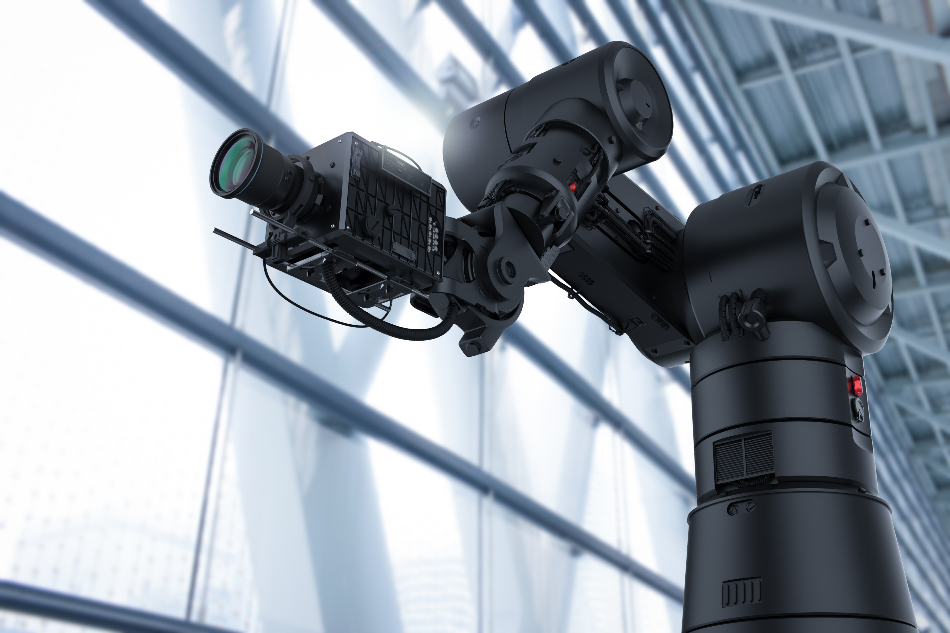
Phonlamai Photo / Shutterstock
Computer vision technology has become more and more essential as the capabilities of modern robotics expand. Autonomous vehicles, order-picking warehouse robots, and drones of all shapes and sizes need visual capacities that are comparable to or even exceed our own vision.
Put simply, a computer vision system creates an image pixel-by-pixel, typically so that a processing unit can determine if a certain feature is present, a method known as feature extraction. Typically, the techniques used to identify features belong to two large categories: model-driven and data-driven. More conventionally, the model-driven approach involves the iterative hand-coding of features. Powered by machine learning, data-driven approaches have become more prevalent with the growth of deep learning algorithms.
Needless to say, any computer vision system used for robotics must have a camera. A camera for robotics is designed to capture image information and send it uncompressed for processing. With standard consumer cameras, image data is compressed, which makes for a smooth image, but doesn’t offer the quality required for robotics applications.
The ideal camera for a given system depends on the items to be examined, the speed at which objects are moving, lighting, operating temperature, space requirements, and cost.
Line Scan or Area Scan
Typically used in high-speed applications, line scan cameras capture just a few lines of pixels to create an image. These cameras have been used to check print quality at high speeds, rapidly sort mail, inspect the packaging for damages and in the quality control of fine, intricate electronic parts.
Area scan cameras are better suited to a more in-depth analysis. These cameras use a rectangular sensor with many pixel lines to capture an entire image at once. Area scan cameras have been used in some quality assurance systems and in warehouse picking robotics.
Color or Monochrome
If the robotics application does not require color analysis, a monochrome camera is usually the better option. Because monochrome cameras don’t have a color filter, they can deliver more detailed imagery than color cameras.
CCD (Charge-Coupled Device) or CMOS (Complementary Metal-Oxide Semiconductor)
In CMOS cameras, the electronics that transform light into electronic signals are built into the exterior of the sensor, which makes for faster information transfer. CMOS sensors have a higher dynamic range than CCD sensors, enabling them to capture both well-lit and shadowed objects or scenes.
The fact that CCD sensors do not have sophisticated electronics on their surface, making them less expensive. These cameras are able to capture more light than CMOS cameras, and therefore have less of a noise factor, high fill factor, and greater color fidelity, making them an appealing option for low-light and low-speed applications.
Rolling or Global Shutter
The more expensive global shutter exposes the total sensor surface to light all at the same time, causing fewer distortions at high speeds.
Just available on CMOS cameras, a rolling shutter scans the image line-by-line. The lines that were captured are then recomposed into a complete image. This camera is prone to producing distorted images if objects in the frame are fast-moving or the lighting quality is poor.
Frame Rate and Resolution
A camera’s frame rate is the number of frames it can capture in a single second. For fast-moving applications, such as quality control on a fast-moving production line, the camera must have a relatively high frame rate. At the other end of the spectrum, many applications, including many in microscopic research, use cameras with relatively low frame rates.
With respect to resolution, there's a common formula is used to ascertain how much resolution is necessary for a given application: Resolution = (Object Size / Detail size)².
For instance, to determine the eye colors of people with average height, around two meters tall, the formula would be: (2 meters ÷ 1 millimeter)² = 4,000,000 pixels, or 4 megapixels
Size
The most common size of a modern compact camera is around 30 millimeters each side. However, there are cameras devices without housing that have a width of just 6 millimeters. These camera devices are quite useful for size-restricted and cost-effective applications, but they do require a distinctive technical infrastructure.
Sources
Disclaimer: The views expressed here are those of the author expressed in their private capacity and do not necessarily represent the views of AZoM.com Limited T/A AZoNetwork the owner and operator of this website. This disclaimer forms part of the Terms and conditions of use of this website.